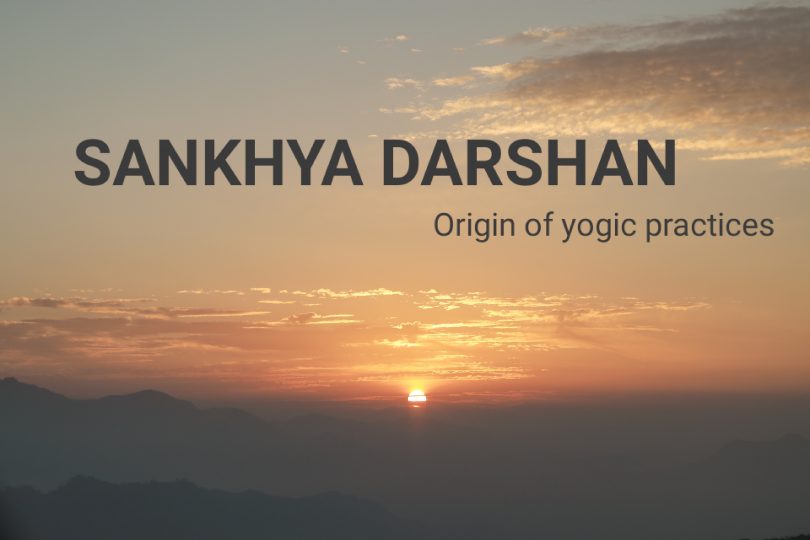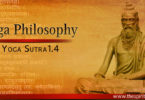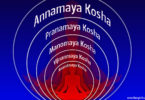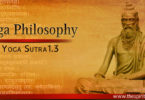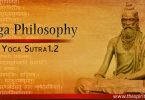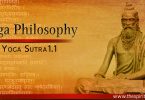Sankhya is one of the earliest among the six orthodox philosophical schools of India, traditionally said to be established by Rishi Kapila whose original work Shastritantra is unfortunately lost today.
The earliest sources we have today of this school is Sankhya Karika of Isvara Krishna. The other five philosophical schools are Yoga, Nyaya, Vaisheshika, Meemaamsa and Vedanta.
Introduction of Sankhya
The word samkhya means numeric enumeration. Why so because it ‘enumerates’ twenty five Tattvas (elements). The Samkhya system supports dualism. It postulates two independent realities- purusha and prakriti or consciousness and matter.
First 24 elements are associated with prakriti and 25th is purusha. As the final object of sankhya system is to attain the freedom of prursha from the suffering caused by the three types of pain – inter organic (physical and mental), external influence and super natural agency; through cultivating the ability of discrimination between purusha and prakriti.
Core concept of Sankhya
Concept of Purusha and Prakriti –
The philosophy of Samkhya supports dualism. It talks of two independent realities- purusha and prakriti or consciousness and matter.
Purusha is 25th element which is the principle of consciousness and is regarded as completely different from Prakriti which is the principle of matter. Purusha is the transcendental self or pure consciousness. Purusha is eternal, independent, imperceptible and beyond senses and mind. Prusha is considered as witness/observer.
Prakriti is the principle of cosmic matter which is uncreated, eternal, but wholly blind, working without consciousness and without knowledge. Prakriti is the cause of the manifest universe, both material and psychological. Prakriti is consisted of three gunas (qualities).
Evolution of Prakriti –
Accoding to Sankhya system evolution only happens when Purusha and Prakriti interact with each other. Purusha or prakriti alone can not do it, because the Purusha is inactive and Prakriti is not conscious. The cooperation between them is essential to the evolution of the universe.
Before the interaction Prakriti remains in ‘moola avastha’ means its primal state which is equilibrium of three qualities. Through the interaction of Purusa and Prakrti, three gunas starts to vibrate which create disturbance in the equilibrium in which the gunas are held prior to manifestation.
In this process, rajas guna (active force) first becomes active, and then other two gunas begin to vibrate. Because of the vibration in these three gunas the process of evolution begins and completes its cycle in 24 stages or within 24 elements.
These twenty-four elements are –
1. Prakriti: This is primordial Nature. Consists of three guna (qualities) known as sattva, rajas and tamas.
2. Mahat (budhhi) – Cosmic Intelligence or ability of discrimination
3. Ahankaara=Cosmic Ego or ability to indentify
4. Manas – refers to mind or thinking ability
5-9. Panch gyanindriya (five Sense organs) – Ears, Skin, Eyes, Tongue, and Nose.
10-14. Panch karmindriya (five motor organs) – Hands, Legs, Organ of Speech, Organ of Reproduction and Organ of Excretion.
15-19. Panch tanmatras (five objects of senses) – Sound, Touch, Form, Taste and Smell.
20-24. Panch mahabhuta (five gross elements) – Ether, Air, Fire, Water, Earth
Three guna –
Guna are the three attributes of prakriti. In the mooola avastha (primordial state) of prakriti these tri guna (three qualities) are in equilibrium. These three attributes are interdependent and the whole universe is made of them. The creation begins when disturbance occurs in equilibrium of these guna.
1. Sattva: It stands for happiness, light and goodness.
2. Rajas: Activities and misery are represented by this quality.
3. Tamas: Stands for inertness, ignorance and darkness.
Theory of cause and effect –
The Samkhya theory of evolution of universe out of prakrti is based upon its theory of causation. The Samkhya theory of causation is known as Satkarya-vada. The basic question of causation theory is; does the effect pre-exist in its cause?
According to the Samkhya, the effect pre-exists in the cause in a potential condition; the effect is a modification (parinama), development, manifestation, or redistribution of the cause. The cause and effect are two states. Cause is present in effect and the effect is latent in the cause.
Relation between Sankhya and Yoga Darshan (philosophy) –
Samkhya philosophy has influence on all later philosophies of India. In fact yoga philosophy derives its ontology and epistemology from Sankhya, but Patanjali adds the concept of Isvara.
Samkhya works as guides for the seeker towards truth. As evolution happens from subtle to gross, yoga gives practices to reach gross to subtle.
Yoga gives the practicable tool to inquire about our true identity. The book Yoga Sutra of Patanjali is core text of yoga philosophy, this book is considered as manual of meditation.
According to sankhya and yoga the main cause of suffering is ‘identification of seer with the seen’ and because of this delusion seer is unable to see the truth. Through the practice of meditation we attain the insight which gives us the ability to experience ultimate the truth and attain a state of infinite peace, bliss and freedom.

